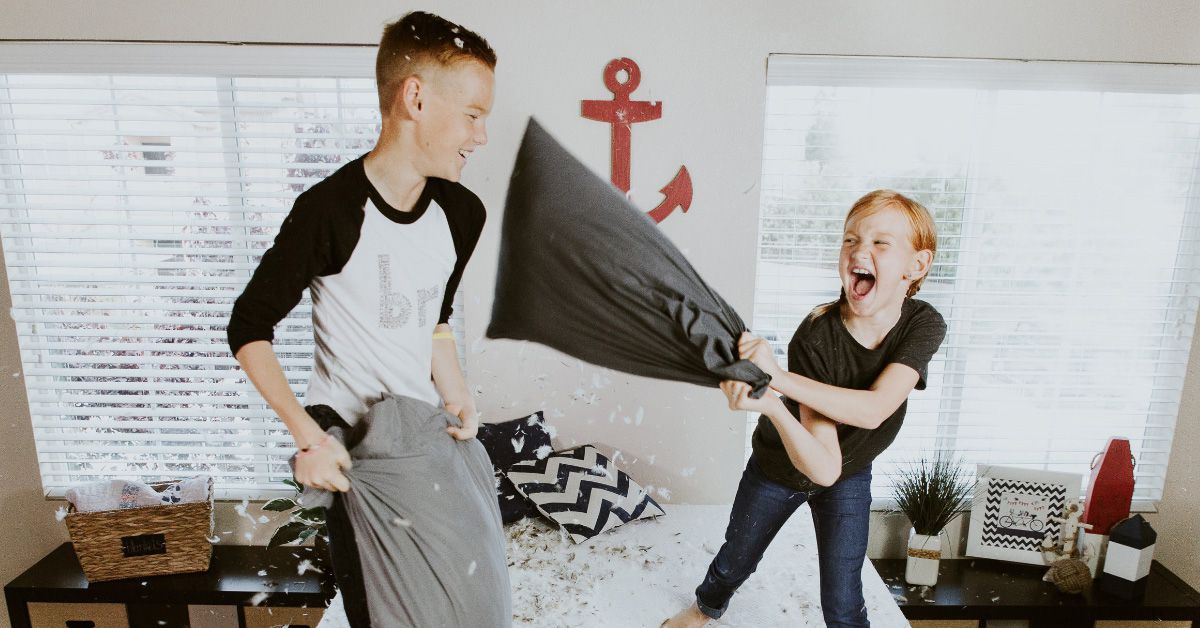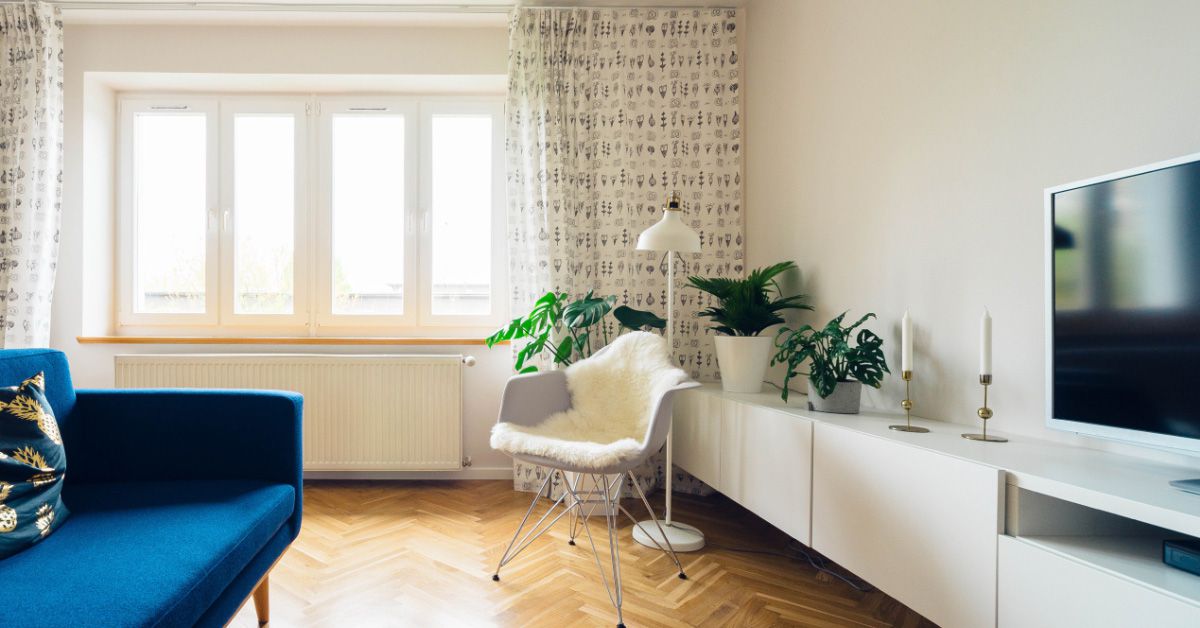Sustainable Living for Healthy Homes and Communities
In the news and in our social feeds, the word sustainability keeps popping up. We recently had a chance to talk with Simone Paz, a sustainable living and non-toxic home consultant, about sustainable living and how to make impactful changes that can benefit our health in our homes and communities.
I keep hearing the word sustainability, what is it and why is it so important?
Sustainability is a broad and complex topic that touches on every aspect of our lives, from the water we use, how we power our homes and lives, the air we breathe, the food we eat, our shopping habits, how we get around and how we dispose of our waste. It’s synonymous with the terms green, eco-conscious, eco-friendly and earth-friendly.
The UN World Commission on Environment and Development defined sustainability as “meeting the needs of the present generation without compromising the ability of future generations to meet their own needs.”
I think this definition beautifully describes why incorporating sustainability into our homes and lives is so imperative. Our future on this planet and the future of our children and grandchildren will be determined by the actions we take today.

What is sustainable living and how can incorporating sustainability into your home support the health and wellbeing of you and your family? What are the benefits?

What is sustainable living and how can incorporating sustainability into your home support the health and wellbeing of you and your family? What are the benefits?
I think of sustainable living as a holistic framework for maintaining balance, not just ecologically but also within our own home environments and lives. The average American spends 90% of their time indoors but according to the EPA, indoor air pollution is in the top five environmental risks to public health.
We are exposed to many harmful chemicals and pollutants inside our homes on a daily basis, coming from sources as varied as our mattress, carpeting, furniture, cleaning supplies and personal care products. “Green Homes” are healthy homes, and when we take the time to question the materials we are surrounding ourselves with, we can avoid the potential sources of pollutants that create adverse health effects for ourselves and our children.
What are TWO simple ways we can start to incorporate sustainability into our homes and lives today?
What are TWO simple ways we can start to incorporate sustainability into our homes and lives today?
There are so many ways to incorporate sustainability into your home and lifestyle, and it absolutely doesn’t require drastic changes or giving up the things you love! I like to describe it as a reorienting process; it’s a shift from not knowing the environmental and health impacts of what we consume, to consciously consuming products and services that are aligned with our personal and environmental values.
Water: The first thing I recommend to all my clients is to stop drinking bottled water, and instead purchase an unlined reusable stainless steel or glass water bottle and water filter.
There are fewer regulations for bottled water than tap water and the FDA does not require any certified lab testing for bottled water; nor are the companies required to disclose the water source, how the water has been treated or what contaminants it contains.
Speaking in terms of the environmental effects, over 500 billion single use plastic water bottles are disposed of every year, and only about 20% are recycled. It’s estimated that one water bottle can take around 700 years to decompose, and since plastic water bottles are made from crude oil, a non-renewable resource, the energy and resources required to manufacture just one bottle are equivalent to filling 1/4 of each bottle with oil.
Filtering water directly from the tap is the safest, healthiest and most sustainable choice, and there are excellent drinking water filter options for every budget, from pitcher, countertop and under counter models.


Cleaning Supplies: Along with a multitude of other concerns, conventional cleaning products contain VOCs (Volatile Organic Compounds), which are chemicals that release into the air as vapors or gases and are sometimes referred to as “off-gassing.” These chemicals contaminate your indoor air, causing harm to both human health and aquatic species after being discharged into our water systems.
They are associated with many potential health hazards including respiratory irritation, asthma, cancer, hormone disruption, reproductive and developmental harm, and many others. Babies and children are especially susceptible to these toxic exposures due to their increased vulnerability compared to adults.
There is no legislation that requires manufacturers to disclose the full list of ingredients on their packaging or online, and given the many potential hazardous health effects, it’s a good idea to minimize your risks and use less toxic alternatives.
Luckily it’s easy and inexpensive to find safe alternatives. First check out all your current cleaning products on the Environmental Working Group’s Guide to Healthy Cleaning.
If your products don’t measure up, make sure to purchase and use only those products rated A or B on EWG’s scale. You can also look for Green Seal, Ecologo or U.S. EPA Safer Choice certifications, which guarantee safer products. Or if you’re really committed, homemade cleaning products are just as effective, completely non-toxic and cost a fraction of their store bought counterparts. You can find simple cleaning product recipes online and make your own.
How do you work with homeowners to incorporate sustainable living into their homes and lifestyles?
How do you work with homeowners to incorporate sustainable living into their homes and lifestyles?
I begin with a client or family wherever their own personal starting point happens to be. We all have to start somewhere, so I assure my clients that there are no judgements and no need to feel guilty about what they do or don’t do yet. I generally do in-home consultations but I also meet clients for phone and Skype consults if they live outside of the Los Angeles area or they need a quick support call.
I provide education, resources and recommendations for everything they need to get started, and the support and encouragement to keep moving on the sustainable path. I also assist my clients with everything from shopping trips to grocery stores, farmers markets, home furnishing stores and clothing stores, as well as helping to plan sustainable parties and weddings, building non-toxic baby registries and nurseries, and guidance on home decoration and renovations.
What inspired you to do this work?
What inspired you to do this work?
I’ve always been passionate about sustainable living and my own personal environmental health, but when my son was born in 2015 it truly shifted my perspective to the larger issues that he will be forced to deal with in his lifetime. Environmental issues are becoming a more frequent topic of conversation in our culture, and many people are interested in living more eco-conscious and sustainable lifestyles, but they don’t know what to do or how to do it.
There is a demand for personalized guidance and support in making the shift, particularly since the topic is so broad and can be overwhelming for those just starting out. Even though I’ve been immersed in sustainable living for the past 15 years, I learn something new everyday. I’m always excited to share my knowledge and resources with my clients, and to help them navigate through this simple yet rewarding process that promotes a sense of awareness and balance within their own homes and lives.
---------
Simone Paz is a sustainable living and non-toxic home consultant in Los Angeles, CA. She works with individuals and families to educate and support them in their pursuit of living a safe, healthy and environmentally balanced lifestyle. She is an accredited LEED Green Associate through the U.S. Green Building Council, a Global Green Eco-Ambassador, a UC Certified Victory Gardener, and has a certification in Recycling and Resource Management.
contact: [email protected]